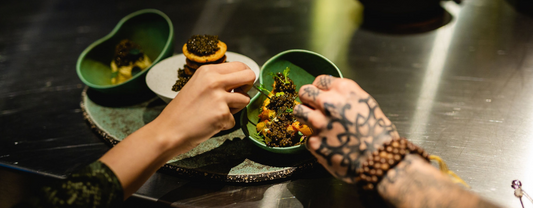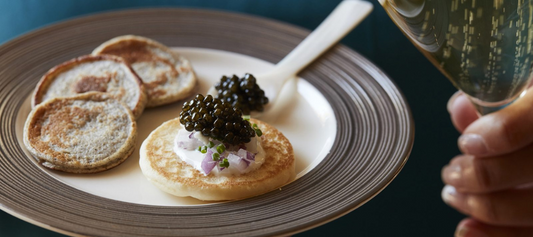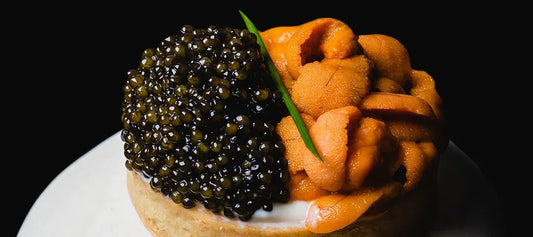
Why is Caviar So Expensive?
Share
If you have experience buying caviar in Singapore, you will know that it is one of the most expensive food in the world. The average price of premium caviar price in Singapore is around S$1082 per 250g, Moreover, the cream of the crop, which is caviar from an almas white beluga sturgeon, reportedly sells at $25,000 (USD) per KG. But why is the price of caviar so high? Well, to put it simply, it’s the rarity of the sturgeon, the time and effort it takes to raise the fish for their roe, a labour-intensive manufacturing process, and that's before we get in between you the consumer and the producers.
Let’s get more in-depth into it, shall we?

An Ancient Species of Fish Loved By Millions
Caviar traditionally comes from sturgeon, an ancient oceanic fish that has been around since the time of the dinosaurs. There are over twenty species of sturgeon, each producing a different types of caviar. The main sturgeon species prized for their caviar are the Beluga, Sterlet, Ossetra sturgeon and Sevruga; all native to the Caspian Sea. They are also a freshwater cousin of the beluga called the Kaluga Hybrid that produce caviar as well, with a slightly lower price point yet still of high quality and taste. Lastly, the American white sturgeon (as the name implies) lives abundantly in California and the U.S. Pacific Northwest.
Sturgeons are a highly endangered species, being caught in the wild by the start of the 1900s, to World War II, all the way to the early 90’s for its ever more valuable caviar. This is the first indicator of the generally high price set for caviar.

Time and Labour To Produce Caviar
The sturgeon are a long-lived, late-maturing species of fish that only start to produce eggs around 7 to 10 years old. In the wild, they also only start producing eggs when certain water conditions are met. This means that even after they are mature enough to lay eggs, they might not do so if the waters they dwell in are not ideal for reproducing.
Now luckily, most of the caviar in the market is sourced from farmed sturgeons rather than wild, thanks to the progression of sustainable farming techniques. Producers of caviars now raise different types of sturgeon in farms rather than catching them in the wild (which is also illegal in most places now).
Hold on, farmed sturgeons, you say? This means that caviar has become more accessible, therefore less expensive, right? Well, the answer is yes, and no. It is definitely true that caviar sourced from wild-caught sturgeon might come at a heftier price, but the time and labour in raising and manufacturing farmed sturgeons are also one of the reasons it maintains its status as a luxury foo with a price tag to match.

Good ol’ Supply and Demand
Lastly, the high cost of caviar is largely dictated by how the supply chain keeps up with the demand. Caviar, through its flavour, rarity, or newly-discussed health benefits - has created a certain grandeur by the general public. And because of it, the supply has always been playing catch-up with the demand. Whether it comes from the chefs in restaurants wanting to have it on the menu, or by the consumers wanting to entertain their guests on special occasions.
Although the aftermath of the pandemic did impact the industry as a whole, caviar producers around the world have been ramping up supply as the demand rises again. It is safe to say that the industry continues to grow exponentially while caviar remains a highly sought-after food item with a price tag to match.
Sustainable, high quality, and delicious
If you’re looking to experience caviar for the first time, or perhaps in the market for a slightly affordable one with exquisite flavour and texture to match the more expensive ones, Do check out our Kaluga Hybrid caviar from our Nomad Caviar Singapore online store. We source our caviar from sustainable farms with focus on getting the best caviar on your display table for that special occasion.



